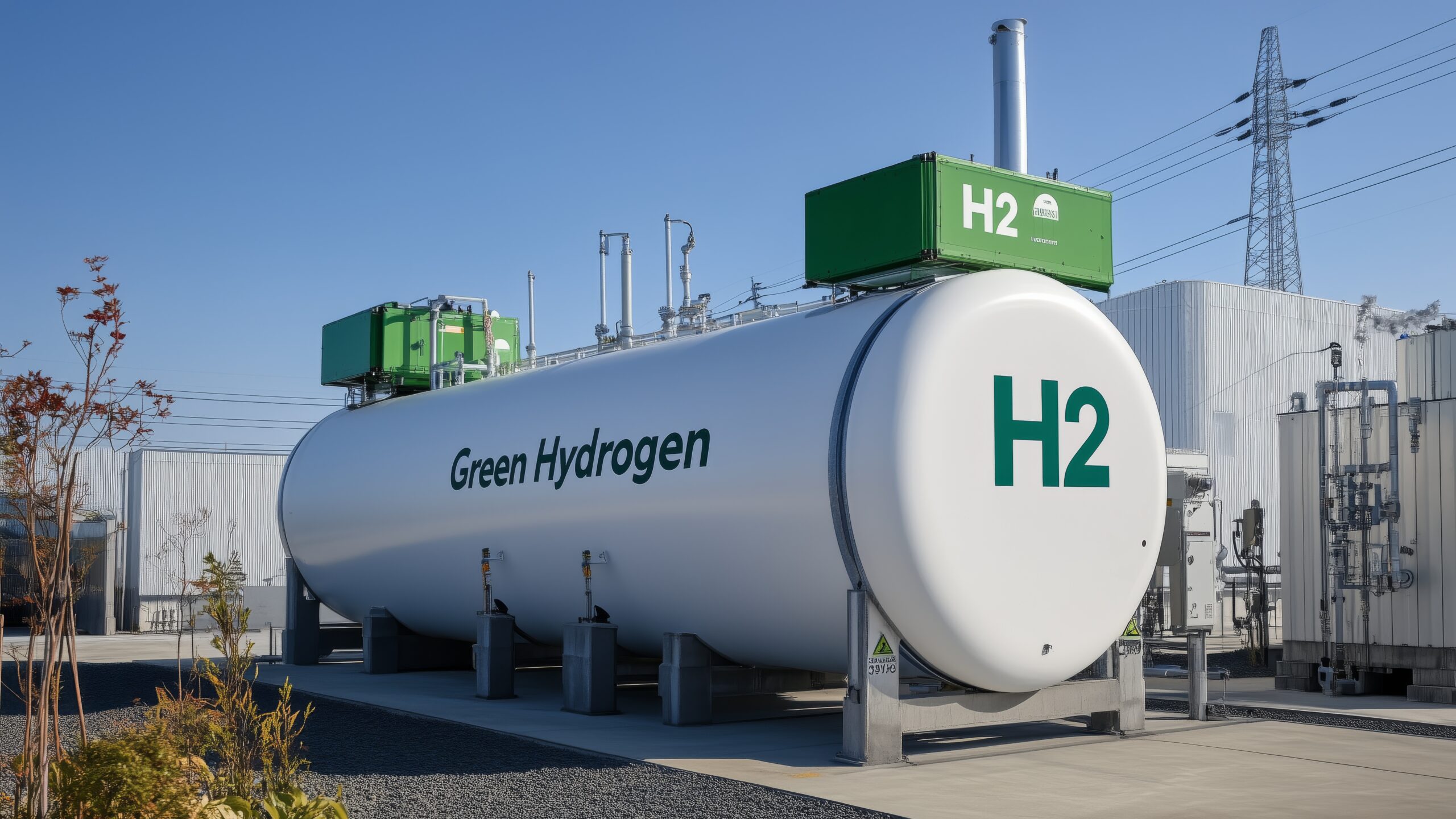HEA Launches its ‘Building Hydrogen Demand Action Plan’

The UK’s leading hydrogen association has launched their Building Hydrogen Demand Action Plan – a comprehensive strategy to unlock the full potential of hydrogen across the UK economy.
The report, published by the Hydrogen Energy Association (HEA) today (April 23), outlines a series of clear, pragmatic recommendations aimed at scaling up demand for low carbon hydrogen and supporting the UK’s journey toward net zero and energy security.
It aligns with the recent Hydrogen Allocation Round 2 shortlist announcement by the Department for Energy Security and Net Zero, which focused on hard-to-abate industries such as glass manufacturing, brick making, clean power generation and sustainable aviation fuel production.
Against a backdrop of increasingly unstable global energy markets, net zero targets, and the UK’s clean energy ambitions, the HEA’s new action plan provides a roadmap for stimulating hydrogen demand in key sectors – industry, power, and transport.
Dr Emma Guthrie, CEO of the HEA, said: “We’ve seen positive momentum on hydrogen production, storage, and transportation – now is the time to focus on demand.
“Hydrogen presents a major economic and energy opportunity for the UK – strengthening system resilience, flexibility, and security, while potentially saving billions of pounds by 2050. By 2030, it could support up to 12,000 jobs and attract £11 billion in private investment into low-carbon projects and supply chains.
“The HEA’s Building Hydrogen Demand Action Plan presents practical steps to unlock billions in private investment, create thousands of jobs, and secure long-term decarbonisation across multiple sectors.”
Key recommendations include:
- Amending carbon pricing to better incentivise zero carbon solutions.
- Introducing mandates and emissions targets to drive change in the uptake of hydrogen
- Allowing risk-taking intermediaries (RTIs) under Low Carbon Hydrogen Agreements – potentially involving GB Energy.
- Investing in the development of inland hydrogen hubs to pool demand and supply.
- Blending into the gas grid, speeding up decision making to enable the gas distribution network to function as a realistic off-taker of last resort.
- Developing a Hydrogen for Transport Strategy to address patchy support across road transport, set clear deployment and emissions targets, and retain optionality between fuel cells and hydrogen internal combustion engines.
The Building Hydrogen Demand Action Plan also calls for reform of the Renewable Transport Fuel Obligation (RTFO) to increase support and expand eligible hydrogen sources, and the development of pilot projects for hydrogen for transport.
The HEA plan stresses that targeted government action is essential to realise the UK’s ambition of deploying up to 10GW of low carbon hydrogen production by 2030. The report advocates for a balanced approach – removing early-stage barriers while laying the groundwork for long-term growth.
Following today’s publication, the HEA will continue to work closely with government, industry stakeholders, and investors to move from recommendation to implementation, helping ensure the UK remains at the forefront of the global hydrogen economy.
The full Building Hydrogen Demand Action Plan is available to view and download on the HEA website – The HEA’s Building Hydrogen Demand Action Plan – Hydrogen Energy Association

